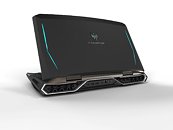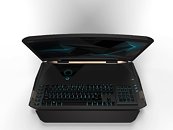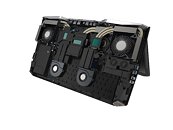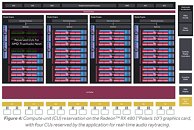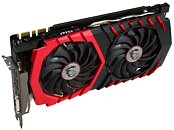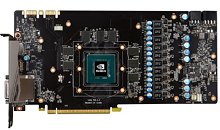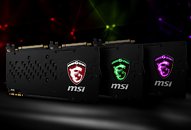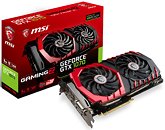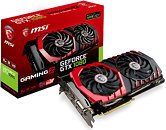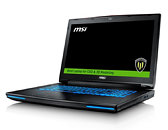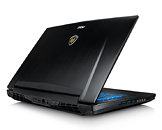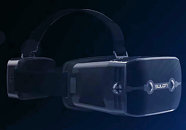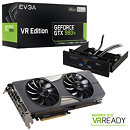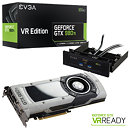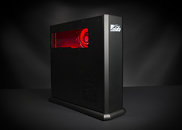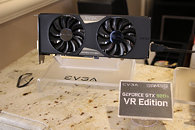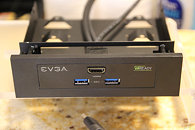
Acer Announces World's First Curved Screen Notebook
Acer today unveiled its new Predator 21 X gaming laptop, the world's first curved screen notebook, a series of monitors with the latest eye-tracking technology and GPU updates to the Predator 15/17 series notebooks. This announcement at IFA 2016 reinforces Acer's commitment to premium gaming with a focus on expanding the number of high-performance Predator devices available to discerning enthusiasts around the world.
The Predator 21 X takes the flagship spot in Acer's gaming notebook series and is advanced beyond anything on the market today. It's the world's first notebook to offer a curved 21-inch IPS display (2560 x 1080), and when combined with wide-angle viewing, it delivers a truly immersive gaming experience. To bring gameplay immersion to the next level, the notebook also integrates Tobii eye-tracking technology for a new method of control that's more intuitive and natural. Built-in eye-tracking hardware (infrared sensors and software) unlocks a completely new facet in gaming. By tracking a gamer's eye with software, the notebook introduces new interactions like aiming, identifying enemies and taking cover simply by gazing at objects on the screen. Eye tracking also enhances the experience by providing infinite views whilst navigating treacherous paths and roads in a game.
The Predator 21 X takes the flagship spot in Acer's gaming notebook series and is advanced beyond anything on the market today. It's the world's first notebook to offer a curved 21-inch IPS display (2560 x 1080), and when combined with wide-angle viewing, it delivers a truly immersive gaming experience. To bring gameplay immersion to the next level, the notebook also integrates Tobii eye-tracking technology for a new method of control that's more intuitive and natural. Built-in eye-tracking hardware (infrared sensors and software) unlocks a completely new facet in gaming. By tracking a gamer's eye with software, the notebook introduces new interactions like aiming, identifying enemies and taking cover simply by gazing at objects on the screen. Eye tracking also enhances the experience by providing infinite views whilst navigating treacherous paths and roads in a game.
